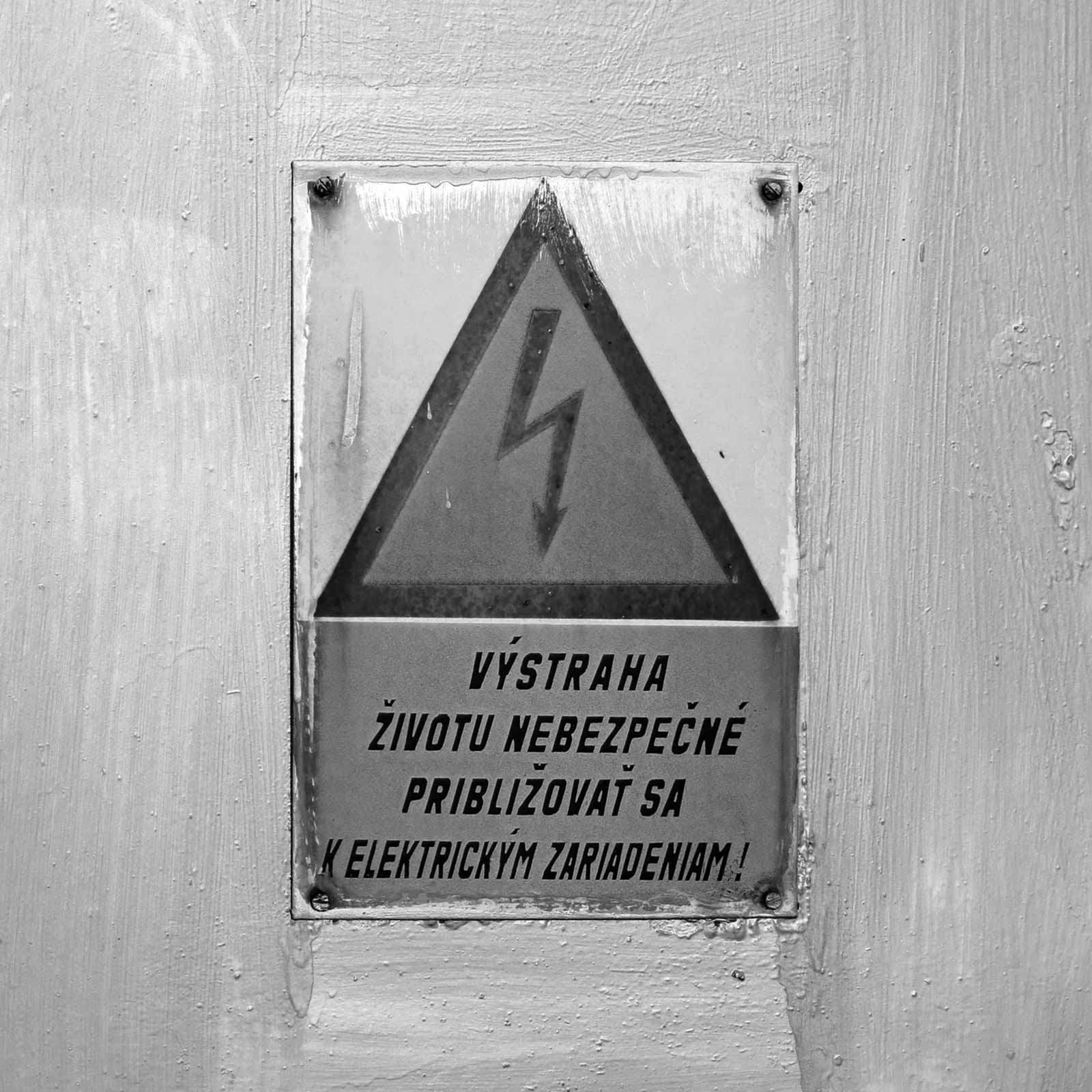- Manual Pozor
- 200Thin300Light400Regular500Medium600Bold800Black900Ultra
- Thin 19 px
Die Erde ist der dichteste, fünftgrößte und der Sonne drittnächste Planet des Sonnensystems. Sie ist Ursprungsort und Heimat aller bekannten Lebewesen. Ihr Durchmesser beträgt mehr als 12.700 Kilometer und ihr Alter etwa 4,6 Milliarden Jahre. Nach ihrer vorherrschenden geochemischen Beschaffenheit wurde der Begriff der „erdähnlichen Planeten“ geprägt. Da die Erdoberfläche zu etwa zwei Dritteln aus Wasser besteht und daher die Erde vom All betrachtet vorwiegend blau erscheint, wird sie auch Blauer Planet genannt. Sie wird metaphorisch auch als „Raumschiff Erde“ bezeichnet.
Black 19 pxDie Erde ist der dichteste, fünftgrößte und der Sonne drittnächste Planet des Sonnensystems. Sie ist Ursprungsort und Heimat aller bekannten Lebewesen. Ihr Durchmesser beträgt mehr als 12.700 Kilometer und ihr Alter etwa 4,6 Milliarden Jahre. Nach ihrer vorherrschenden geochemischen Beschaffenheit wurde der Begriff der „erdähnlichen Planeten“ geprägt. Da die Erdoberfläche zu etwa zwei Dritteln aus Wasser besteht und daher die Erde vom All betrachtet vorwiegend blau erscheint, wird sie auch Blauer Planet genannt. Sie wird metaphorisch auch als „Raumschiff Erde“ bezeichnet.

-
Aa Bb Cc Dd Ee Ff Gg Hh Ii Jj Kk Ll Mm Nn Oo Pp Qq Rr Ss Tt Uu Vv Ww Xx Yy Zz
Medium 50 px 



- Light 26 px
An exoplanet planet is a planet outside the Solar System. The first confirmation of detection occurred in 1992. As of 1 October 2022, there are 5,197 confirmed exoplanets in 3,833 planetary systems, with 840 systems having more than one planet. Claims of exoplanet detections have been made since the nineteenth century. Some of the earliest involve the binary star 70 Ophiuchi. In 1855 William Stephen Jacob at the East India Company’s Madras Observatory reported that orbital anomalies made it “highly probable” that there was a “planetary body” in this system.
Medium 26 pxAn exoplanet planet is a planet outside the Solar System. The first confirmation of detection occurred in 1992. As of 1 October 2022, there are 5,197 confirmed exoplanets in 3,833 planetary systems, with 840 systems having more than one planet. Claims of exoplanet detections have been made since the nineteenth century. Some of the earliest involve the binary star 70 Ophiuchi. In 1855 William Stephen Jacob at the East India Company’s Madras Observatory reported that orbital anomalies made it “highly probable” that there was a “planetary body” in this system.
-
-
0 1 2 3 4 5 6 7 8 9
Light 100 px -
Mystery
of TimeBlack 

- 900 UltraHauptbahnhof200 ThinEisenbahnsysteme800 BlackEffiziente Transportlösungen300 LightDie Schienenverkehr ist ein integraler Bestandteil
der modernen Logistik und des Personenverkehrs. -
609Medium
-
Medium

-
Neon echoes reflect off broken dreams, as rusted cyborgs hum mournful lullabies.
Regular 50 px -
Machine
ConsciousnessMedium -
HQDJBlack

-
Theory
of
RelativityBold -
200a300a400a500a600a800a900a
- Regular 30 px
Un planeta exoplaneta es un planeta fuera del Sistema Solar. La primera confirmación de detección ocurrió en 1992. Al 1 de octubre de 2022, hay 5197 exoplanetas confirmados en 3833 sistemas planetarios, con 840 sistemas que tienen más de un planeta. Las afirmaciones de detecciones de exoplanetas se han hecho desde el siglo XIX. Algunos de los primeros involucran a la estrella binaria 70 Ophiuchi. En 1855, William Stephen Jacob, del Observatorio de Madrás de la Compañía de las Indias Orientales, informó que las anomalías orbitales hacían "altamente probable" que hubiera un "cuerpo planetario" en este sistema.
Bold 30 pxUn planeta exoplaneta es un planeta fuera del Sistema Solar. La primera confirmación de detección ocurrió en 1992. Al 1 de octubre de 2022, hay 5197 exoplanetas confirmados en 3833 sistemas planetarios, con 840 sistemas que tienen más de un planeta. Las afirmaciones de detecciones de exoplanetas se han hecho desde el siglo XIX. Algunos de los primeros involucran a la estrella binaria 70 Ophiuchi. En 1855, William Stephen Jacob, del Observatorio de Madrás de la Compañía de las Indias Orientales, informó que las anomalías orbitales hacían "altamente probable" que hubiera un "cuerpo planetario" en este sistema.
-
@ & { } ( ) [ ] . , : ; ! ? § / ¶ © ™ ° † $ € ¥
Black 60 px 

- 200 ThinDocumentation300 LightDocumentation400 RegularDocumentation500 MediumDocumentation600 BoldDocumentation800 BlackDocumentation900 UltraDocumentation
-
CGIMedium

O písme
Písmo výstražných tabúľ tak, ako bolo narysované na papieri.
Manual Pozor je kapitálové, utilitárne geometrické sans-serifové písmo primárne určené pre použitie v nadpisoch, obsahujúce 7 štýlov v škále od Thin po Black, s žiadnym kontrastom a malou šírkou.
Podporovanými znakovými sadami písma Manual Pozor sú základná latinka a rozšírená latinka, vďaka čomu môže byť písmo použité vo viac ako 100 jazykoch. S celkovým počtom 237 znakov, základnou sadou sú proporčné zarovnané číslice.
Písmo Manual Pozor je digitalizáciou písma z výstražných tabuliek. Je naklonenou verziou písma Manual Grotesk B s mierne väčším polomerom oblúkov.
Kolmé a naklonené verzie písiem Manual Grotesk sa nikdy nepoužívali súčasne na jednej tabuľke – kolmý Manual Grotesk slúžil výlučne na označovanie ulíc a budov a jeho naklonený variant výlučne na výstražné tabuľky.
Keďže tieto tabuľky obsahovali viac textu, v procese smaltovania sa detaily a ostré rohy drobných písmen pekne zalievali. Písmo Manual Pozor však tieto detaily zachováva – znaky vyzerajú tak, ako ich pôvodní písmari nakreslili na šablónu.
| Štýly: | 7 |
| Bloky: | Základná latinka, Rozšírená latinka |
| Jazyky: | 100 |
| Znaky: | 237 |
| Číslice: | Proporčné zarovnané (Základné) |
| Webfont: | 9.3 KB (Priemerná veľkosť štýlu) |
| Verzia: | 1.0 |
| Copyright: | Manual Pozor, Ondrej Jób © 2018. Všetky práva vyhradené. |
| Dátum vydania: | 30. jún 2018 |
| Update: | 23. apríl 2024 |